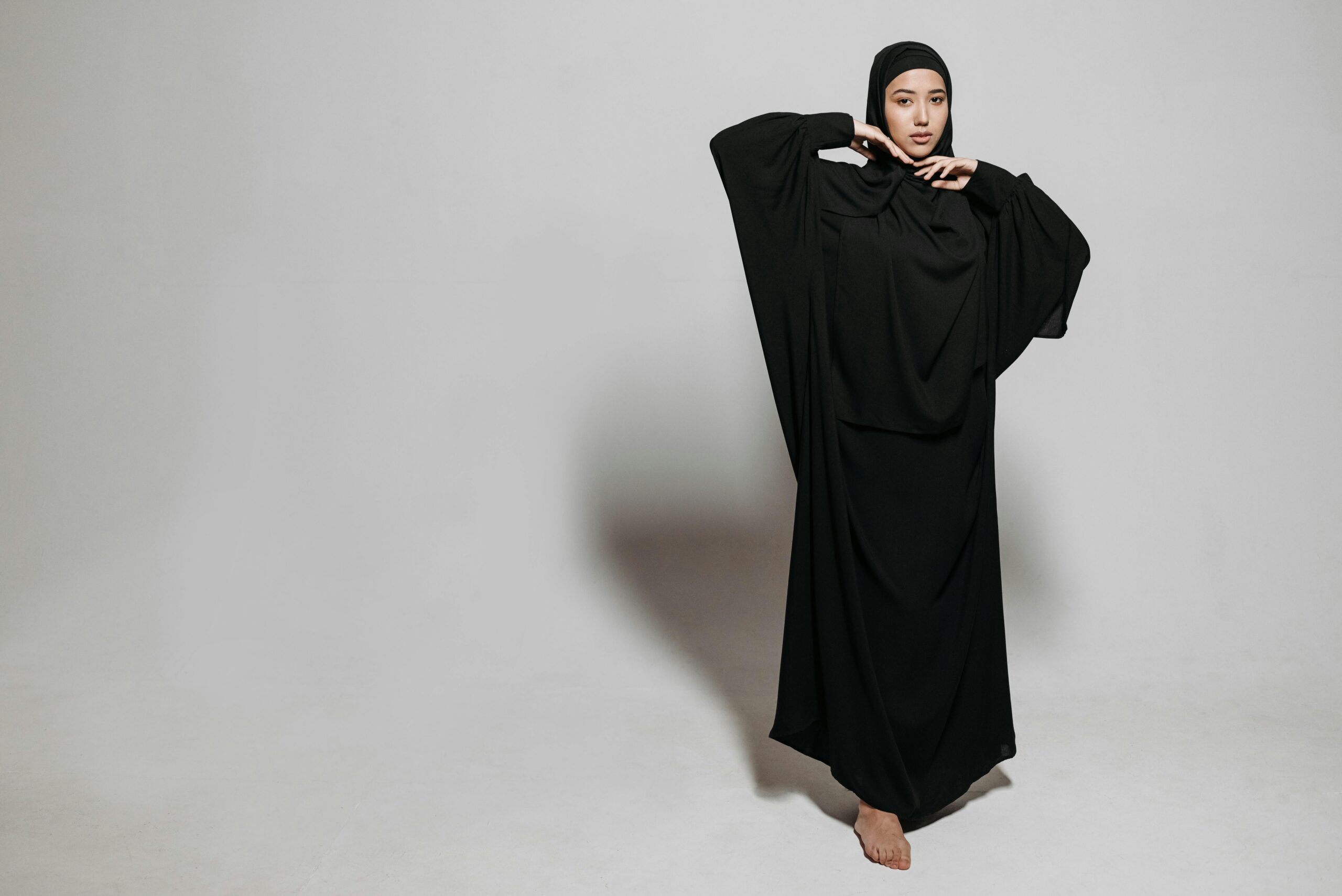
The abaya is more than just a piece of clothing—it’s a symbol of modesty, identity, and tradition for many women, especially across the Middle East and North Africa. This flowing, loose-fitting cloak is typically worn over everyday clothing and is designed to cover the body, leaving only the face, hands, and feet visible. It’s often paired with a hijab (headscarf) or sometimes a niqab (face veil), depending on personal or cultural preference.
Where It All Began
The roots of the abaya run deep. It originated in the Arabian Peninsula, where it served a simple purpose: to protect modesty and offer comfort in the desert climate. Some historians believe its history dates all the way back to ancient Mesopotamia, while others suggest it became widespread in Saudi Arabia about 80 years ago, introduced by travelers from Iraq and Iran. Over time, what started as a practical garment evolved into something much more meaningful.
A Symbol of Modesty and Faith
In many Muslim communities, the abaya is a powerful representation of modesty and piety, reflecting core Islamic values. For many women, wearing it is an act of faith and a way to maintain privacy and dignity in public. But beyond religious meaning, it also carries a deep sense of cultural pride and belonging.
Style That Tells a Story
Traditionally, abayas were plain black—simple, elegant, and functional. But today’s abayas have stepped into the world of fashion. Designers are now reimagining the classic cloak with bold colors, delicate embroidery, lace, and modern cuts, allowing women to express their individual style while still honoring tradition.
Modern Fashion Meets Heritage
Abayas today are seen on runways, Instagram feeds, and in boutiques around the world. They’ve become a versatile piece in many wardrobes—not just for religious observance, but also as a fashion-forward choice. Whether worn to a formal event or as everyday outerwear, the modern abaya merges tradition with trend effortlessly.
Worn with Pride, Shared with the World
Though deeply rooted in Islamic and Arab culture, the abaya has found admirers and wearers well beyond its origins. It’s now embraced in different parts of the world, both by Muslim women and those drawn to its graceful silhouette and cultural richness.
More Than a Garment
For many women, wearing an abaya is a way to connect with their faith, culture, and values. For others, it’s a stylish expression of elegance and individuality. No matter how it’s worn, the abaya remains a powerful symbol of identity and empowerment, blending centuries of tradition with the spirit of modern fashion.


